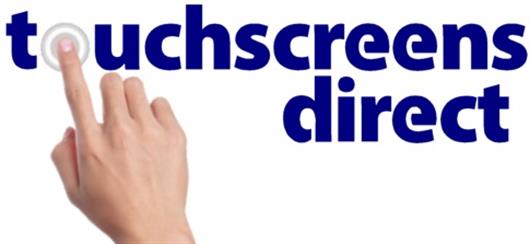 Add My Company
Add My Company
Sign In

Self-service technology has been a boon for businesses across diverse industries, especially retail and food. It helps expedite transactions during peak rush hours, reduces lines at the cash register, and increases the average ticket amounts.
Self-service has also revolutionised customer satisfaction and drastically improved customer loyalty, especially when it is appropriately digitised.
Everything you need to know about how self-service can improve customer satisfaction is covered below!
Using Self-Service Technologies To Improve Customer Satisfaction
Self-service can be leveraged to drastically improve customer satisfaction in several ways. Here are some important ones.
Improves Customer Service
Self-care technologies reduce the burden on employees and allow them to focus on improving customer satisfaction.
For example, self-checkout kiosks enable companies to divert their manpower towards customer-focused tasks that require active involvement instead of standing behind a cash register. Employees can instead restock inventory, greet clients, and perform other customer service tasks that will improve customer satisfaction.
Reduces Lines
Long lines are tedious and can often negatively impact customer satisfaction. They may even cause businesses to lose customers who don’t wish to wait in line for their turn, thereby reducing revenue.
Self-service kiosks reduce the workload on cashiers and servers in various establishments. This means fewer lines will form, and the existing lines will run smoothly and quickly as people have the option to use an establishment’s self-service.
Expedites Operations
Self-service can help expedite operations, which is crucial aspect to improving customer satisfaction.
Handing out menus and taking orders can become an unnecessarily drawn-out process at restaurants. Enabling customers to scan a QR code to access a menu and place an order can allow the kitchen to receive and process their orders faster.
It also reduces miscommunication and mistakes, ensuring a smooth and seamless customer experience, thus improving customer satisfaction.
Information Accessibility
Self-service can also include answering customer queries and providing information to customers. The right self-service solutions can also help make information easily accessible.
For example, businesses can add a QR code on a particular product that gives additional information about what it is, how to use it, and other relevant details.
Customers can also be directed to helpful and informative articles on the company website that outline FAQs and offer detailed answers for the same.
Generally, making expert information more accessible to customers and reducing the time and effort they spend on seeking clarifications can go a long way in boosting customer satisfaction.
It also helps to accommodate customers who may not wish to speak to a customer care representative!
Customisation
Self-service allows customers to order/buy whatever they want without having to deal with the pressure of interacting with a salesman who may suggest additional items that the customer may not be interested in.
By reducing the human interaction involved in placing orders and purchasing goods, self-service enables customers to fully customise their purchases according to their liking. This ensures that the customer doesn’t feel pressured into selecting something they don’t want, which boosts customer satisfaction.
Final Thoughts
With the integration of technology into various industries, self-service has become an increasingly popular asset. It offers customers a lot of freedom, convenience, and easy accessibility while making operations more efficient and productive. This goes a long way in enhancing customer service, thereby improving customer satisfaction.
For more information on 5 Ways Self-Service Technology Can Improve Customer Satisfaction talk to Touchscreens Direct
Enquire Now
List your company on FindTheNeedle.
